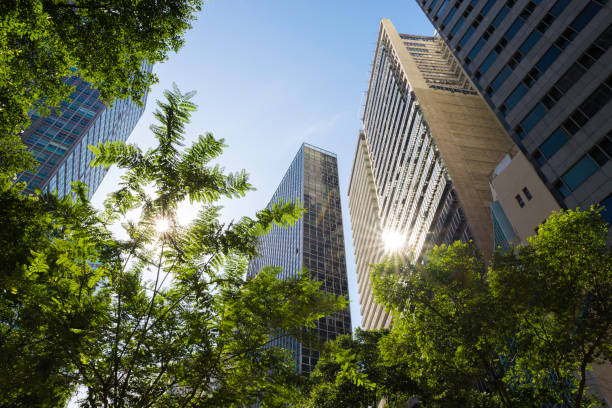
Cost of Green Building Solutions: Is It Worth the Investment?
In recent years, the move towards sustainability has become a significant trend in homebuilding and architecture. This shift has been driven by a growing awareness of environmental issues, as well as the potential long-term economic benefits of sustainable practices. At the heart of this movement is the cost of green building solutions. Understanding this cost is crucial for anyone considering investing in eco-friendly construction.
The primary question on everyone’s mind is whether the financial investment in green building solutions pays off in the long run. In this article, we will delve into various aspects that influence the cost of green building solutions, providing a comprehensive overview of what to expect.

What Are Green Building Solutions?
Before we tackle costs, it’s crucial to understand what green building solutions entail. These are practices and products designed to reduce the environmental impact of building operations. They include using sustainable materials, energy-efficient systems, and water-saving technologies. The aim is to create structures that are environmentally responsible and resource-efficient throughout their lifecycle.
Factors Influencing the Cost of Green Building Solutions
Material Costs
One of the most significant factors affecting the cost is the choice of materials. Green building often involves using recycled or sustainably sourced materials. Although these can be more expensive upfront, they can lead to savings in other areas. For instance, using recycled materials in construction can significantly reduce waste and energy consumption. Learn more about recycled materials used in construction.
Energy Efficiency
Implementing energy-efficient systems can also affect costs. Technologies such as solar panels, efficient HVAC systems, and smart home devices require an initial investment but can reduce utility bills over time. Moreover, homes designed with natural ventilation systems can significantly lower energy consumption.
Water Conservation
Water-saving technologies, such as low-flow fixtures and rainwater harvesting systems, are another aspect of green building. These systems can be costly to install but offer long-term savings by reducing water usage.
Location and Design
The geographical location and design of a building can also influence costs. Building in areas with abundant natural resources can reduce the need for artificial energy sources. Additionally, innovative and affordable housing designs can optimize space and materials, further reducing costs. For further reading, see innovative housing designs.
Long-term Financial Benefits of Green Building
While the initial costs can be higher, the long-term benefits often outweigh these expenses. Green buildings typically have lower operational costs due to reduced energy and water usage. Furthermore, they tend to have higher property values and attract lower insurance premiums.
Environmental and Social Impact
Beyond financial considerations, green buildings contribute positively to the environment by reducing carbon footprints and promoting a healthier living space. They also support the global goal of creating sustainable cities and communities as outlined in the Sustainable Development Goals.
Challenges in Adopting Green Building Solutions
Despite their benefits, there are challenges associated with green building. These include the initial high costs, the need for specialized knowledge, and potential regulatory hurdles. However, with growing awareness and technological advancements, these challenges are becoming easier to overcome.
The Future of Green Building
The future of green building looks promising. As technology advances and more people become aware of its benefits, the costs are expected to decrease, making it more accessible to a broader audience.
Case Studies
Looking at successful case studies of affordable housing can provide valuable insights into the practical application of green building solutions. These examples highlight how combining innovative design with sustainable practices can lead to effective outcomes.
Conclusion
In conclusion, while the cost of green building solutions can be high initially, the long-term benefits, both financial and environmental, make it a worthwhile investment. It is essential to weigh these costs against the potential savings and environmental impact to make an informed decision.

FAQs
1. Are green building solutions more expensive than traditional methods?
Yes, initially, but they offer long-term savings through reduced energy and water bills.
2. What are the main benefits of green building?
They include lower operational costs, increased property value, and reduced environmental impact.
3. How can I start implementing green building solutions?
Begin by researching sustainable materials and technologies. Consider consulting with experts to guide you through the process.
This article contains affiliate links. We may earn a commission at no extra cost to you.